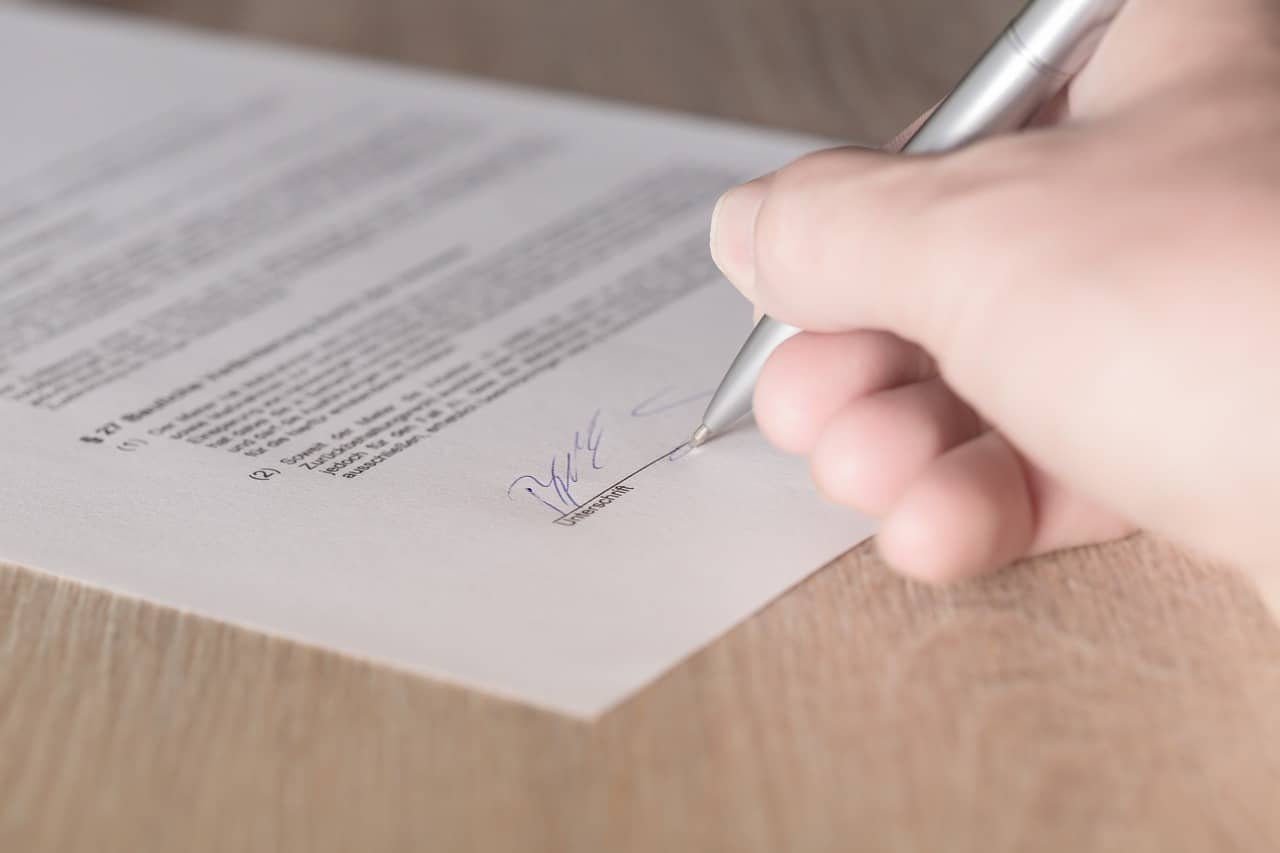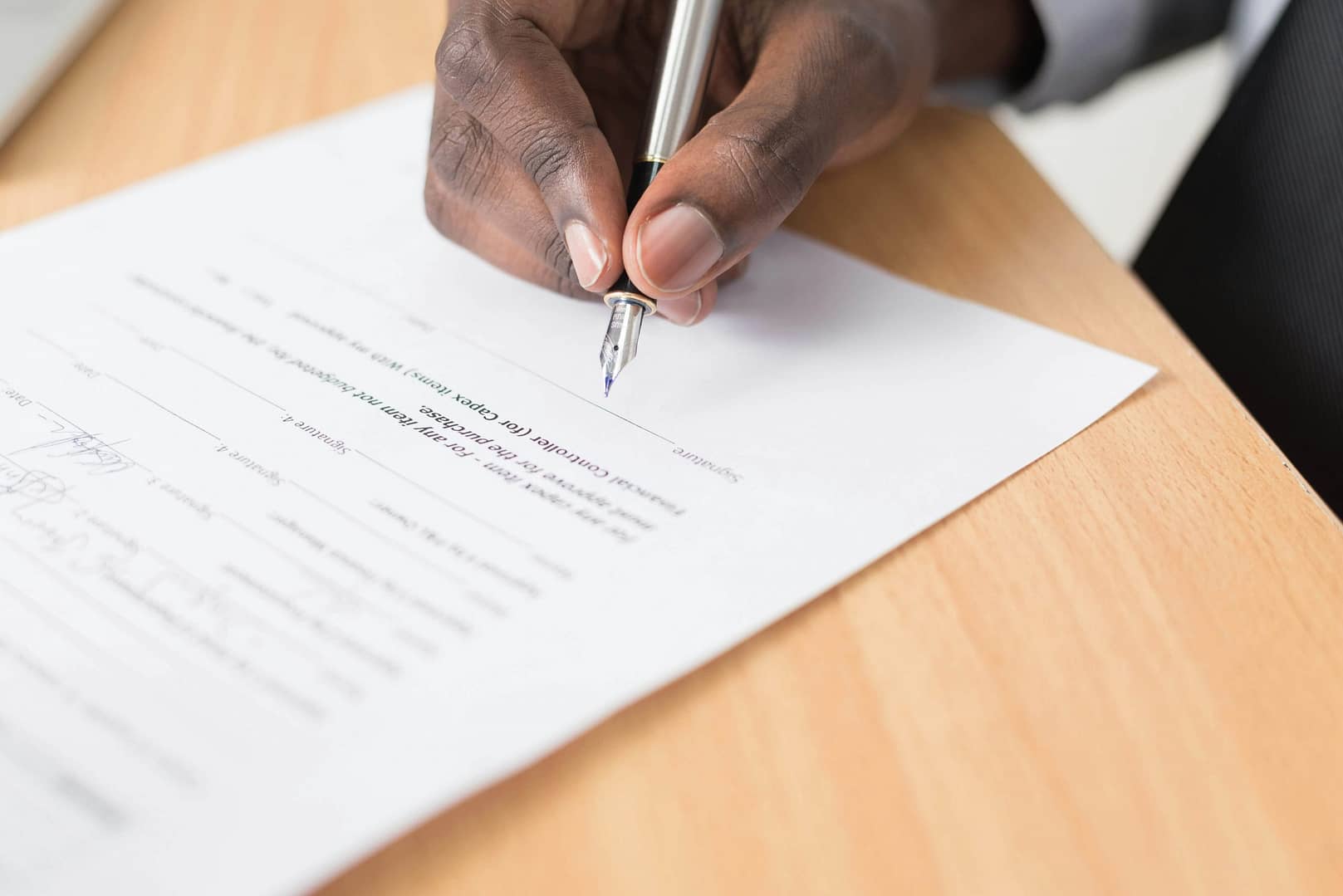Brain injuries can have a profound impact on an individual’s life, affecting their physical, cognitive, and emotional well-being. Understanding the classification and severity levels of brain injuries is crucial for effective diagnosis, treatment, and rehabilitation. In this article, we will delve into the different classifications of head injuries and explore the rehabilitation process for individuals with this type of personal injury.
The Five Classifications of Head Injuries
When it comes to head injuries, medical professionals typically classify them into five main categories: concussion, contusion, skull fracture, diffuse axonal injury, and penetrating injury. Each classification represents a distinct type of brain injury with varying degrees of severity.
Concussion
Concussions are one of the most common types of brain injuries, often resulting from a sudden blow or jolt to the head. They can occur during sports activities, falls, or motor vehicle accidents. While concussions are generally considered mild, they should never be taken lightly. The symptoms may include headaches, dizziness, confusion, memory problems, and sensitivity to light or noise. Most individuals recover fully from concussions with proper rest and medical guidance.
Contusion
A contusion refers to a bruise on the brain tissue caused by a direct impact to the head. Contusions can occur when the brain strikes the skull forcefully, leading to bleeding and swelling. The severity of contusions can vary, ranging from mild to severe. In some cases, surgical intervention may be necessary to remove the hematoma and alleviate pressure on the brain.
Skull Fracture
Skull fractures involve a break in the bone surrounding the brain. There are different types of skull fractures, including linear fractures, depressed fractures, and basilar fractures. Linear fractures are the most common and often heal on their own. Depressed fractures occur when a portion of the skull bone is pushed inward, and basilar fractures affect the base of the skull. Depending on the severity and location of the fracture, treatment may involve observation, medication, or surgical intervention.
Diffuse Axonal Injury (DAI)
Diffuse axonal injury is a severe form of brain injury caused by the brain’s rotational movement within the skull. This movement can stretch and damage the axons, which are the nerve fibers responsible for transmitting messages in the brain. DAI often occurs in high-impact accidents, such as severe falls or motor vehicle collisions. The symptoms of DAI can range from mild cognitive impairment to coma or even a persistent vegetative state. Rehabilitation and supportive care play a crucial role in maximizing recovery for individuals with DAI.
Penetrating Injury
Penetrating injuries involve an object, such as a bullet or a fragment of skull, penetrating the brain tissue. These injuries can cause localized damage and often require immediate medical attention. The severity of penetrating injuries depends on the location and depth of penetration. Surgery is typically required to remove any foreign objects and repair the damaged brain tissue. Rehabilitation following a penetrating injury is tailored to the individual’s specific needs and may include physical therapy, occupational therapy, and cognitive rehabilitation.
Rehabilitation for Brain Injury
The journey to recovery for individuals with brain injuries is often challenging but not impossible. Rehabilitation plays a crucial role in helping individuals regain lost functions, adapt to new challenges, and improve their quality of life. The rehabilitation process varies based on the severity and specific needs of each individual.
Physical Rehabilitation
Physical rehabilitation focuses on restoring physical abilities and addressing any motor impairments caused by the brain injury. It may involve exercises, balance training, and mobility training to help individuals regain strength, coordination, and independence in their daily activities. Physical therapists work closely with individuals to design personalized treatment plans and monitor progress over time.
Occupational Rehabilitation
Occupational rehabilitation aims to enhance an individual’s ability to perform activities of daily living, such as self-care tasks, work-related activities, and leisure pursuits. Occupational therapists assess an individual’s functional abilities and provide strategies and adaptations to improve independence and productivity. This may include teaching alternative techniques, recommending assistive devices, or modifying the environment to suit the individual’s needs.
Cognitive Rehabilitation
Cognitive rehabilitation focuses on improving cognitive skills that may have been affected by the brain injury. These skills include memory, attention, problem-solving, and communication. Speech and language therapists, neuropsychologists, and other specialists work collaboratively to develop cognitive rehabilitation programs tailored to the individual’s specific challenges. These programs may include cognitive exercises, compensatory strategies, and assistive technologies to promote optimal cognitive functioning.
Emotional and Psychological Support
Brain injuries can have a significant impact on an individual’s emotional well-being and psychological adjustment. Rehabilitation programs often incorporate emotional and psychological support to address issues such as depression, anxiety, and coping difficulties. Psychologists and counselors provide counseling and therapy to individuals and their families, helping them navigate the emotional challenges associated with brain injury.
Making a Personal Injury Claim
When a brain injury occurs as a result of someone else’s negligence or wrongful actions, it may be possible to pursue a personal injury claim. This legal process allows individuals to seek compensation for the damages they have suffered due to the brain injury. However, it’s important to note that the process can be complex, and the outcome may vary depending on the specific circumstances of the case.
To make a personal injury claim for a brain injury, several key steps need to be followed:
Consultation with National Claims
It’s integral to seek legal guidance from us at National Claims, where we specialise in personal injury cases. We assess the details of your case and guide you through the claims process.
Gathering evidence
It’s essential to gather evidence that supports your claim. This may include medical records, witness statements, accident reports, and any other documentation relevant to your case.
Establishing negligence
In a personal injury claim, it’s crucial to demonstrate that another party was negligent or at fault for the brain injury. This may involve proving that the other party had a duty of care, breached that duty, and caused the injury.

Conclusion
Brain injuries can have a profound impact on individuals and their loved ones. Understanding the classification and severity levels of brain injuries is crucial for accurate diagnosis, treatment, and rehabilitation. Whether it’s a concussion, contusion, skull fracture, diffuse axonal injury, or penetrating injury, each classification requires specific attention and care.
Rehabilitation plays a vital role in helping individuals with brain injuries regain lost functions, adapt to new challenges, and improve their quality of life. Through physical, occupational, and cognitive rehabilitation, individuals can work towards maximizing their recovery and independence.
In cases where the brain injury is caused by someone else’s negligence, pursuing a personal injury claim may be an option. This legal process allows individuals to seek compensation for the damages they have suffered. Consulting with National Claims can provide guidance and support throughout the claim process.
Ultimately, the journey to recovery from a brain injury may be long and challenging, but with proper medical care, rehabilitation, and legal support, individuals can find hope and improve their overall well-being.
Start your claim today with us at National Claims by contacting us and find out more about personal injury claims.
Click below to see why we are one of the most trusted claims management companies in the UK.

We’re proud of our excellent customer reviews
We thrive on delivering exceptional service and ensuring our clients’ satisfaction. Don’t just take our word for it. Check out some of our independent reviews to see what our clients have to say.
Excellent

This firm is excellent, they sorted out my car pay out and injury claim very fast, they always communicate with you all the time.

My accident case was dealt with confidence and with great result of the outcome, especially James kept me informed all the time.

I was very impressed at the way my inquiry was treated. I was listened to attentively and everything I needed to know was explained to me.






